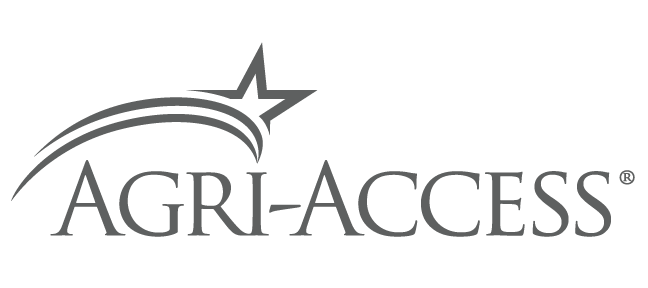Agriculture, Forest Products, and Commercial Fishing in the Northeast

Imagine Maine without lobster. Or a trip through the New England countryside without the roadside stands selling everything from maple syrup to fresh berries. Agriculture is everywhere in the rural Northeast. And yet, it’s often overlooked as an economic driver in this part of the country, despite the evidence showing otherwise.
Farmers and ag producers could be a source of opportunity for community lenders and other financing organizations searching for opportunities to expand their portfolios, says Matthew Senter, Vice President of Lender Relations for Agri-Access.
Senter’s perspective is rooted in his banking career, serving agricultural, forest products and fishing industries in Vermont, New Hampshire, New York and Maine. Farmers make excellent clients, he says, and community lenders that seek and prioritize solutions for the ag sector are supporting the farmer as well as the overall community.
Agriculture — and its related industries, including commercial fishing and forest products — funnel revenue and business into local economies, adding up to billions of dollars in the Northeast region each year. In Senter’s home state of New York, for example, agriculture generated $5.3 billion in cash receipts in 2020.1
“The importance of agriculture and its participants to rural communities as employers, taxpayers and community leaders cannot be overstated,” Senter says.
“In the region where I grew up, agriculture supported employment on farms, transportation businesses that moved agricultural products to market, processing facilities including a cooperative cheese producer as well as veterinarians, mechanics, equipment sales businesses, accountants, attorneys and banks.”
Serving agriculture: The less obvious benefits to adopting ag
Senter, drawing on his years of experience, details some of the reasons lenders should consider serving more ag industries.
Moderate risk: The land and buildings used for agricultural purposes have historically been a sound investment. The commodities and products produced from these assets will provide a reliable source of return business and loan payments.
Diversification: By serving new industries such as agriculture, commercial fishing and forestry, you’re increasing the diversification of your lending portfolio and mitigating risk. There’s a potential to represent a wide range of ag businesses, because the ag economy in the Northeast and its products are impressively diverse, including row crops, dairy products, fruit, vegetables, nursery products, maple syrup, forest products, lobsters and more.
Deeply rooted borrowers: Farms and other ag businesses are frequently family owned and operated. These clients are deeply interested in forming long-term business relationships with a lender in their community that they trust.
Entrepreneurial spirit: Farmers are some of the most innovative and driven clients you’ll encounter in your lending career. They’re business minded and invested in the success of the operation. They’re diligent with best practices in cash flow and open to identifying efficient ways to do business.
Growth opportunities: As technology evolves, ag producers will want to invest in it. To do that, they’ll need access to capital.
“There is significant innovation occurring in agriculture in the Northeast,” Senter says. “This includes new and more efficient production and processing techniques, harvesting agricultural waste products to produce renewable energy and unique product development to meet changing consumer demands for high-quality and nutritious food products.”
Strategies to branch into ag lending
How can banks start extending their services into ag lending?
For starters, it’s critical to take a tailored approach to each loan. No two operations are alike, so the challenges they face around seasonal cash cycles and commodity prices affect them differently.
Senter found success by focusing on connecting ag clients with resources. That addressed a need because in some areas, agricultural producers can be isolated from other farms, and it’s difficult for these producers to find and maintain connections in their industry.
“A key role of a lender beyond direct financing is asking questions and helping connect resources from different disciplines,” Senter says. ”In my career, this has included connecting agricultural producers with accountants, attorneys, consultants, engineers and insurance providers that have specific expertise and can help solve problems or explore new opportunities.”
Finally, grow your lending capacity and partner with a secondary lending service like Agri-Access. Their loan participation programs provide the very products and tools to local lenders to help ag producers in the Northeast thrive and grow.
Reach out to Senter to learn about lending options in the Northeast Region or find a Relationship Manager for your area here.
1. Economic Impact of Agriculture: New York | University of Arkansas Division of Agricultural Services
